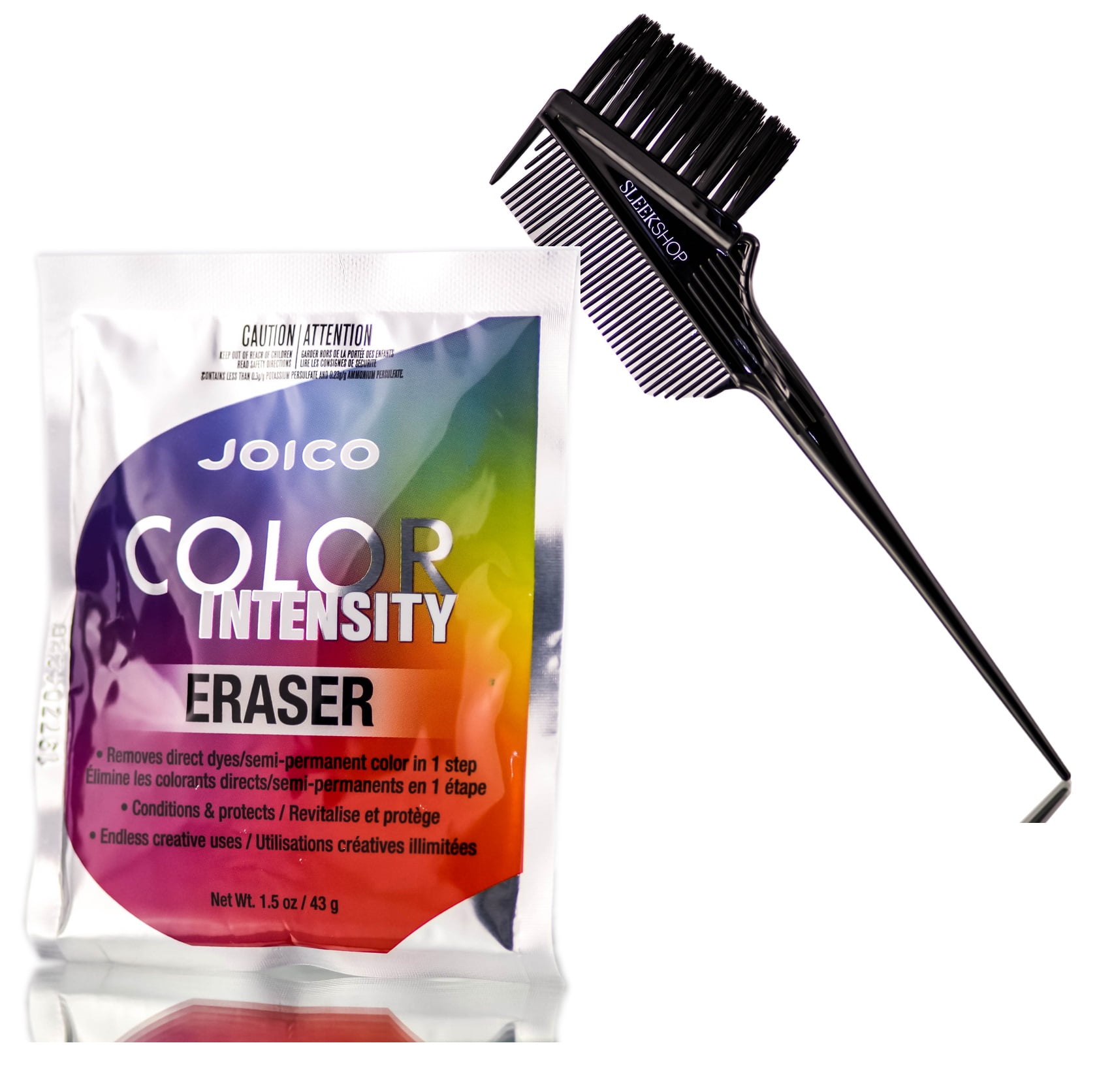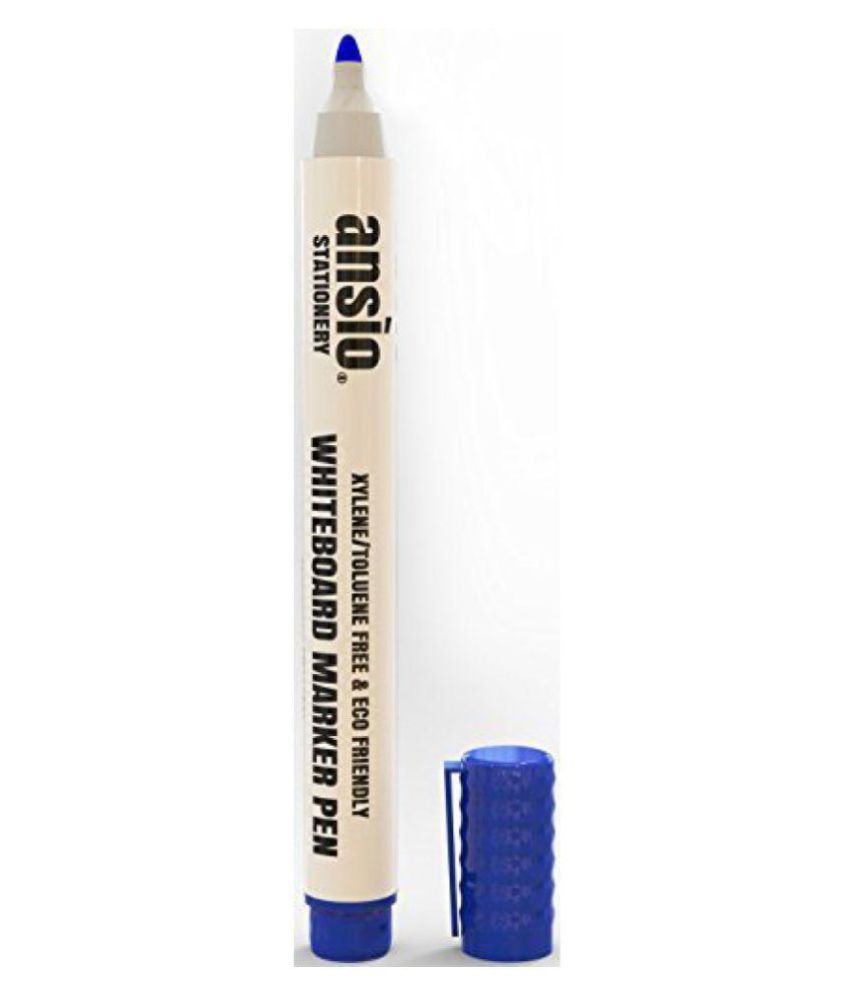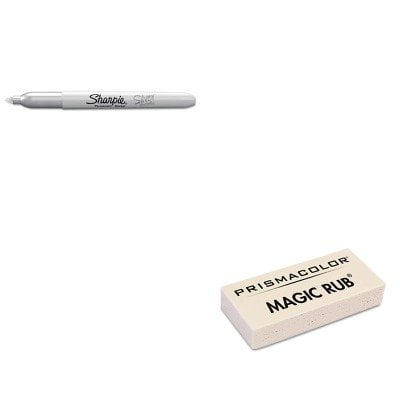

If you have many files and folders you want to securely delete, an encrypted disk image is a good solution. Encrypted disk images are like secure vaults for your private and sensitive files. You can easily create disk images yourself and encrypt them using Disk Utility. dmg file anywhere like Dropbox, OneDrive, or Google Drive, and share the file. Disk images are also a convenient way to package up and securely distribute files over the internet or just store them for yourself.
#PERMANENT ERASER REVIEW SOFTWARE#
Securely Delete Files Using an Encrypted Disk ImageĪ lot of software for the Mac is distributed in disk images or. Then, type: y and press Enter again to indicate it’s OK to reboot after enabling TRIM. Type: y and press Enter if you want to enable TRIM after reading the warning. Type the following command to enable TRIM: sudo trimforce enableĪn important notice displays and asks if you want to proceed. If you decide to enable TRIM, you should first back up your Mac, using Time Machine or another backup tool. If you have an old Mac that came with a regular HDD, or you installed an SSD in your Mac after buying it, you can manually enable TRIM using the “trimforce” command.Īpple warns that using TRIM “may result in unintended data loss or data corruption.” Apple does not warrant the TRIM tool and they warn that you use it at your own risk. This allows the SSD to write data to that marked space as if it was never used. On an SSD, a TRIM command runs automatically wiping the data in that marked space. When you delete a file from any drive (HDD or SSD), macOS marks that space as “not in use”. If your Mac came with an SSD when you bought it, it came with a built-in tool called TRIM. Right-click on the folder (do not go into the folder) and go to Services > New Terminal at Folder.Īt the command prompt, type the following command, replacing the file name with the name of the file you want to delete. Open Finder and navigate to the folder containing the files you want to securely delete. You can also enable the New Terminal Tab at Folder service if you want to open the folder in a new tab in a current Terminal window. Then, click Shortcuts at the top of the dialog box.Ĭlick Services on the left and make sure the New Terminal at Folder box is checked. Go to Apple Menu > System Preferences > Keyboard. The New Terminal at Folder service should be enabled by default, but let’s check. The easiest way to do this is to open a folder directly from Finder in Terminal using a service. But you can also use it to securely delete files and folders. This command allows you to delete files and folders on your Mac. However, you can get around this using the “rm” command in the Terminal. Apple removed this command in macOS Sierra for the same reason they removed the Secure Empty Trash feature. The command line used to include the “srm” command that allowed you to securely delete files and folders.

Today we’ll show several methods you can use.

When you close them, they’re encrypted again.īut if you’re not comfortable using FileVault and you’re still using an older Mac with a regular HDD, you should use a secure method of deleting private and sensitive files. Files are decrypted on the fly as you open them. You don’t need to securely delete individual files because FileVault encrypts everything on the drive. Whether you’re using a regular HDD or an SSD, a better way of making sure your data is secure is to encrypt your drive using FileVault. SSD Test” by Simon Wüllhorst is licensed under CC BY 2.0 Secure deletion on SSDs just doesn’t work. The old file is still on the SSD and could potentially be recovered. SSDs move files around, so if you try to overwrite a file, you end up creating a new file in a new location instead of overwriting the contents of the old file. This means overwriting it with junk data prevents that file’s contents from ever being recovered. When you store a file on a regular spinning hard disk (an HDD), it occupies a physical location on the disk’s surface. However, Apple removed the secure erase features in OS X 10.11 El Capitan because new Macs contained SSDs by default. DoD pattern of overwriting data seven times.
#PERMANENT ERASER REVIEW MAC OS X#
You can use the standard method of erasing files (moving files to and then emptying the Trash) on SSDs.īeginning with Mac OS X 10.3, Apple introduced the Secure Empty Trash feature to increase security. Newer Macs now come with solid-state drives (SSDs), and you cannot securely erase files on an SSD. Older Macs came with regular hard disk drives (HDDs). Securely Erase Files on Solid State Drives (SSDs) vs. You don’t need to delete files on an SSD securely. The need to securely delete files on your hard drive depends on whether you’re using a regular hard disk drive (HDD) or a solid-state drive (SSD).


 0 kommentar(er)
0 kommentar(er)
